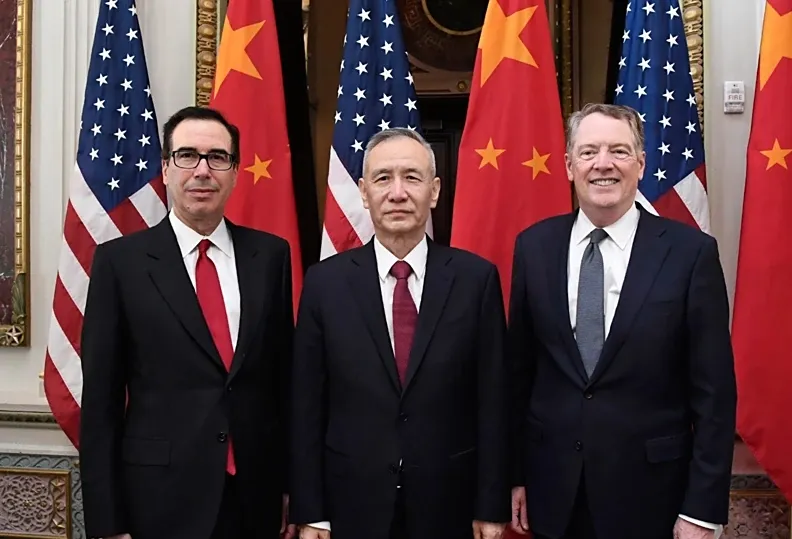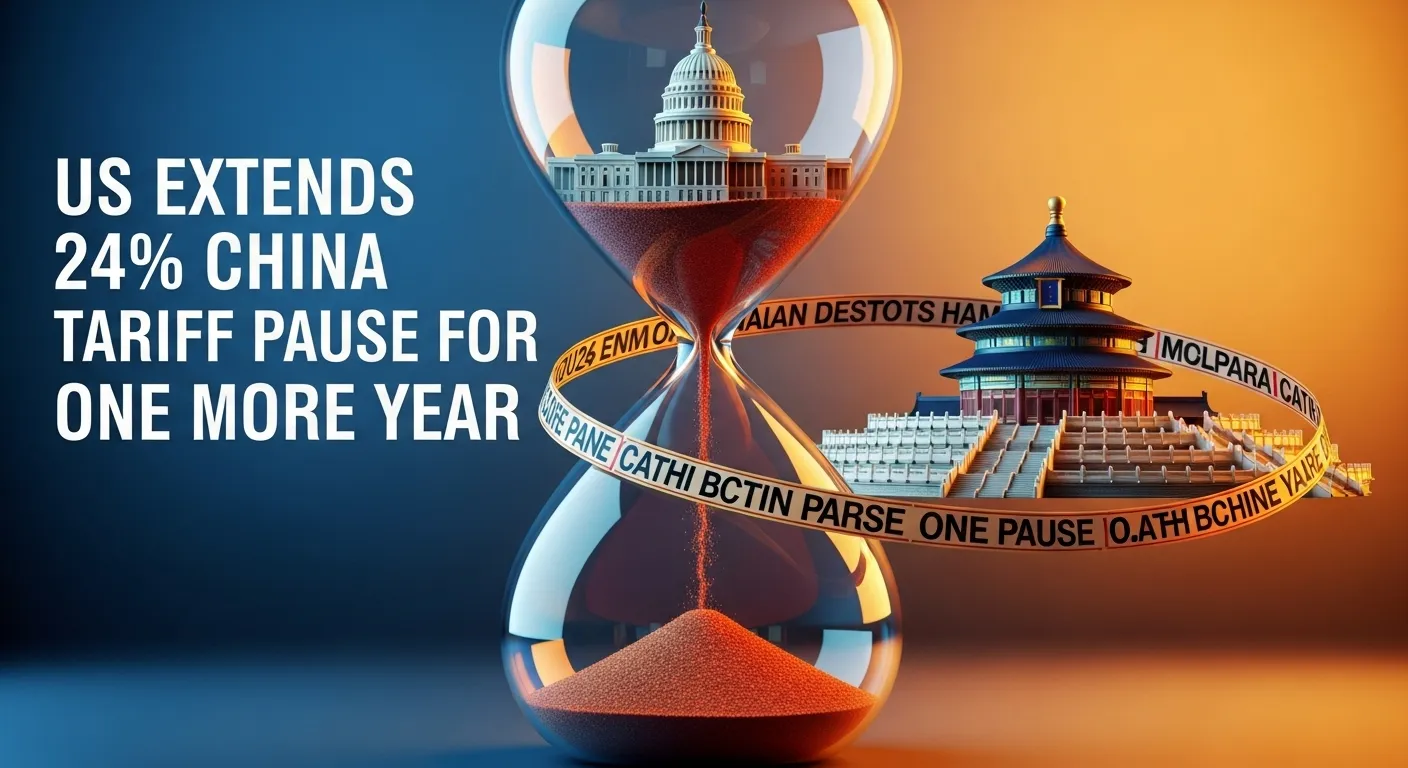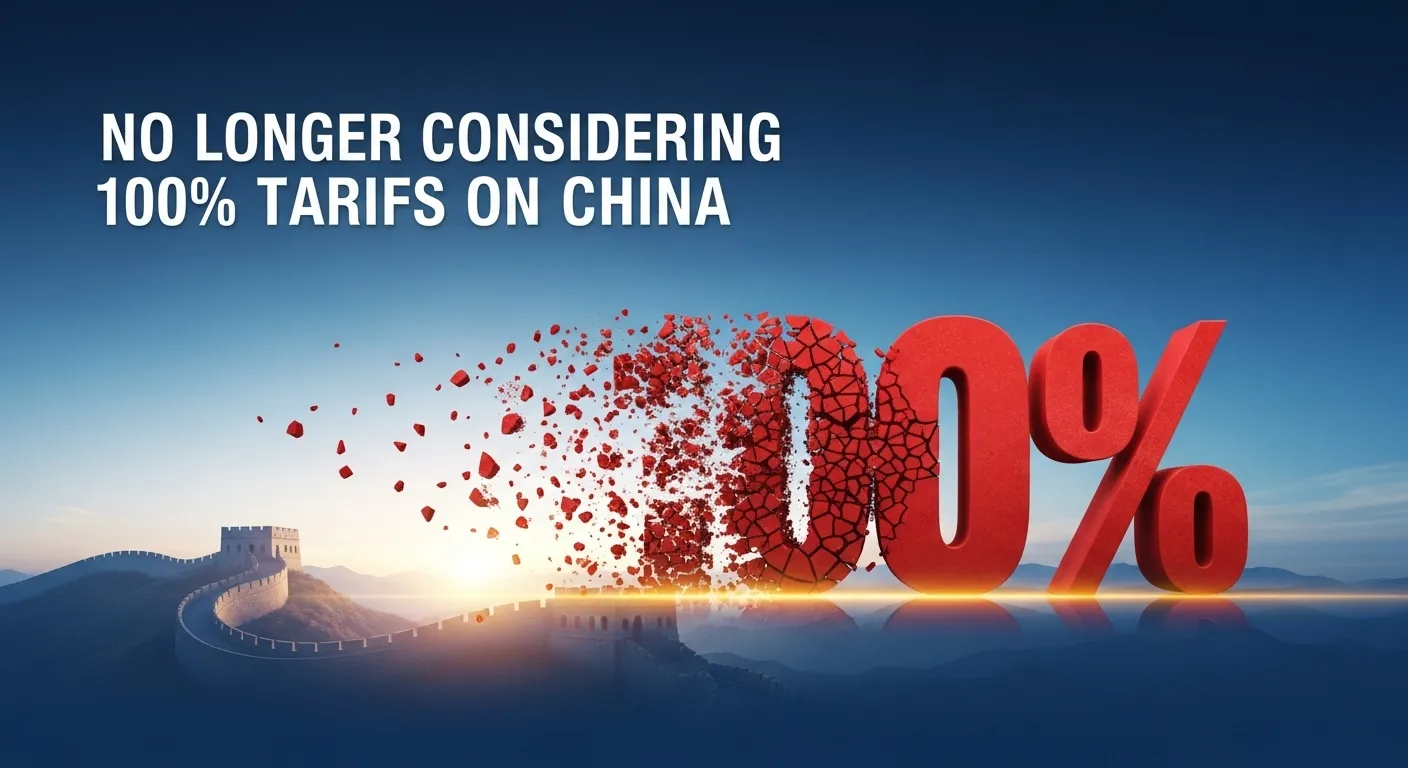US Extends 24% China Tariff Pause for One More Year
Beijing, Oct. 30 — A spokesperson for China’s Ministry of Commerce responded to questions regarding the joint arrangement reached during the latest US–China trade consultations in Kuala Lumpur.
Background on the Kuala Lumpur Trade Consultations
Q: According to reports, China and the United States reached a joint arrangement in Kuala Lumpur to address key trade concerns. Can the Ministry of Commerce share more details?
A: The leaders of China and the United States met recently in Busan, South Korea. They discussed the US–China economic relationship and agreed to strengthen cooperation in several areas, including trade. China is ready to work with the United States to maintain and implement the key consensus reached by the two heads of state.
During the Kuala Lumpur consultations, the two economic teams achieved several important outcomes.

1. The United States Will Suspend the 24% Tariff for Another Year
The US agreed to lift the 10% “fentanyl-related tariff” imposed on Chinese goods, including goods from Hong Kong and Macao. It also agreed to continue suspending the 24% additional tariff on Chinese goods for another year. China will adjust its corresponding countermeasures. Both sides also agreed to extend certain tariff exclusions.
2. Both Sides Will Pause New Export Control Measures
The US will suspend the 50% penetrative export control rule, announced on September 29, for one year. China will also suspend related export control measures announced on October 9 for one year. China will further study and refine its implementation plan.
3. The US Will Suspend Its Section 301 Investigation on China’s Maritime and Shipbuilding Industries
The US will pause its Section 301 investigation targeting China’s maritime, logistics, and shipbuilding sectors for one year. After the US suspends its measures, China will also suspend its related countermeasures for the same period.
Additional Areas of Cooperation Reached
Both sides also reached consensus on:
- Strengthening joint anti-fentanyl cooperation
- Expanding agricultural trade
- Addressing specific company-related cases
They reaffirmed the progress from the Madrid trade consultations. The US made positive commitments in areas such as investment. China will work with the US to properly address issues related to TikTok.
Positive Signals for US–China Economic Relations
The successful Kuala Lumpur consultations show that both countries can find solutions when they engage in dialogue and respect each other’s concerns. These results did not come easily. China hopes to work with the United States to implement the outcomes, bring more stability to US–China trade relations, and inject greater certainty into the global economy.

